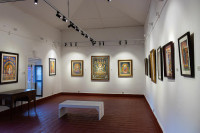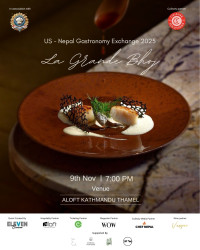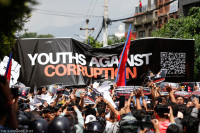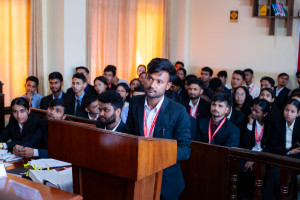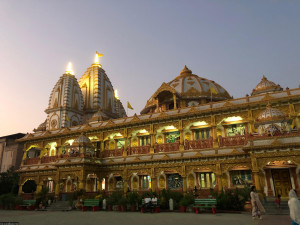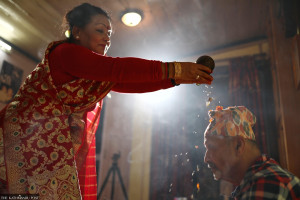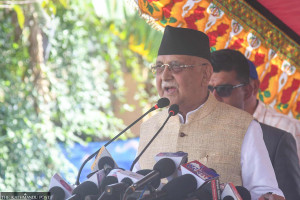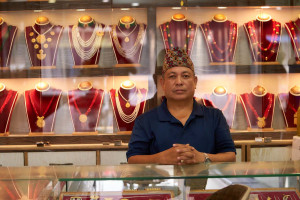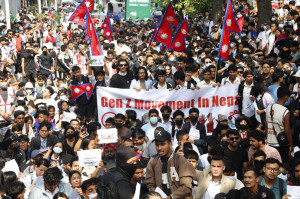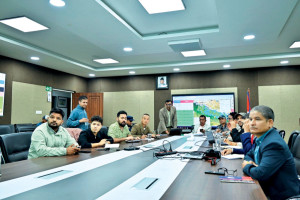Culture & Lifestyle
A potent voice in culture preservation and restoration
Heritage activist and documentarian Alok Siddhi Tuladhar left his lucrative job as a tech entrepreneur and is now focused full-time on the conservation and documentation of Nepal’s cultural heritage.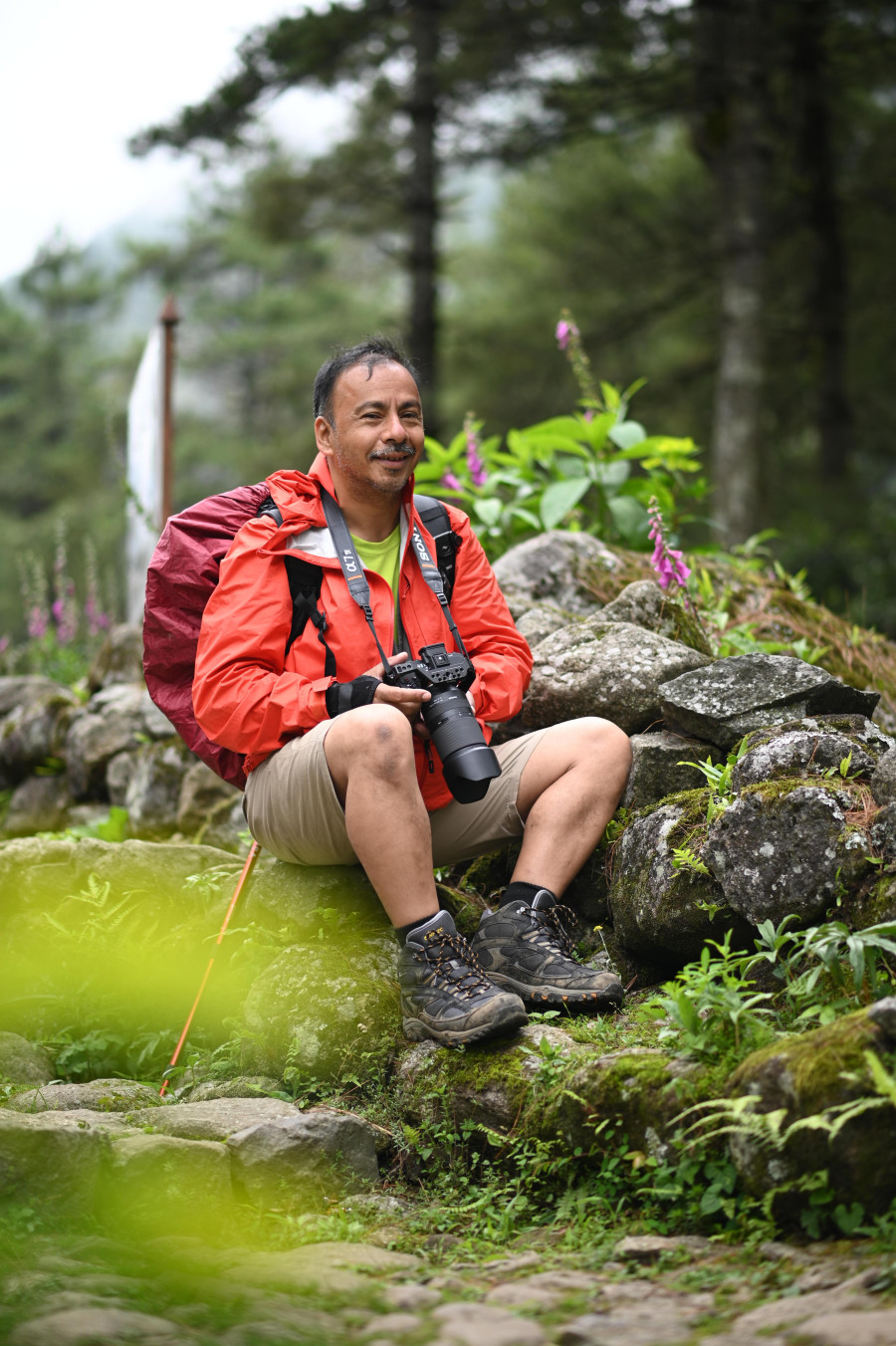
Anish Ghimire
Alok Siddhi Tuladhar spent his early years in Kathmandu. Educated at St Xavier’s School, he not only received a Western-style education there but also engaged in extracurricular activities that shaped his early interests. Tuladhar held a deep fascination for Nepali festivals and rituals that he witnessed being performed in his community. “I became exposed, very early, to Eastern and Western philosophy,” he reflects. This dual exposure during his school and college days laid the foundation for a unique worldview.
Growing up in an environment where business was the natural choice, Tuladhar followed suit. “My fathers were businessmen, and their influence rubbed off on me,” he acknowledges. This led him to the United States, where he explored handicraft business. Despite running it successfully, he was discontent with his life back then. The bustling world of business and commerce failed to quench his thirst for meaning and purpose.
So, in 1992, he returned to Kathmandu after six months in the US. “My father was displeased and equally surprised to see me back,” recalls Tuladhar with a smile. After the stint in America didn’t work out, he decided to follow his heart and established a software company named ‘Unlimited Software’. “I was very keen towards technology, and even though I took no formal education to study it, I devoted my twenty-two years in the field,” says Tuladhar.
The business flourished, and his team opened branches in the US, India and Nepal. However, the repetitive nature of the work wore him down again. But as he toiled in the software business, Tuladhar’s observant eye turned towards his community. With maturity, he found a deep appreciation of the cultural significance embedded in the jatras and parbas of his heritage. Concurrently, his childhood interest in photography resurfaced, so he began capturing images of the festivals and jatras that would later become integral to his heritage documentation.
In 2006, a pivotal moment occurred within the sacred premises of the Seto Machhindranath temple. Two stupas in the temple premises were in need of restoration. The supervisor of the project recruited Tuladhar to document the renovation process through photography.
During this, Tuladhar got the opportunity to observe two types of pujas, one conducted before the renovation and another after. The experience ignited his curiosity about these rituals, prompting him to engage with the purohits. Unfortunately, their lack of comprehensive knowledge left his inquiries unanswered, leaving Tuladhar dissatisfied.
This discontent became a catalyst for his journey into cultural exploration. He began studying various rituals and aspects of Nepali heritage, primarily at libraries.
To share the knowledge he acquired, he launched his own blog website. On his blog, Tuladhar went beyond words, sharing a visual feast with his readers as well. He posted captivating pictures and videos of heritage sites, providing a vivid and immersive experience that complemented his educational content. Through this multifaceted approach, he not only expanded his own understanding but also enriched the knowledge of those who followed his work.
When Facebook became popular, he used it as a tool for cultural advocacy. This exposed Tuladhar’s content to a broader audience, amplifying his ability to disseminate knowledge. The positive response from the online community further fueled his motivation to continue unravelling the hidden meaning of culture and heritage.
As Tuladhar delved deeper into the rituals, he unearthed a hidden science and logic, revealing a practicality behind the ancient practices. The discovery of ancient valuables stored in chaitya, dating back centuries, highlighted the forward-thinking nature of Nepal’s age-old traditions.
The foundation of the chaitya is such that people can store their valuables there, “This concept of storing of valuables began 1500-2000 years ago in Nepal. But according to an article I read some twelve to fifteen years ago, the West has just begun to store valuable seeds underground.” says Tuladhar.
Alongside valuables, people also store herbs and matchsticks, which will be very handy for future use.
This is one example of a tangible practicality. According to Tuladhar, there are many intangible meanings or philosophies hidden in our rituals. An example he gave was of diyo batti (oil lamp), which is a metaphor for existence. “This process of oil or ghee being consumed by the flames mirrors the transience of life itself. Just as the diyo’s flame must inevitably succumb to the exhaustion of its fuel, so too must human life meet its end,” he explains.
Many rituals hold a profound significance that often goes unnoticed. “Watching rituals can be entertaining, and occasionally consuming meat and alcohol during festivities can also be fun, but rituals are much more than that,” says Tuladhar. However, he advises against blindly following superstitions in the guise of rituals; instead, we should aim to eliminate unhelpful superstitions.
Another major moment in Tuladhar’s advocacy occurred during the post-earthquake reconstruction phase. “During the rebuilding process, the Kathmandu municipal city office, influenced by international donors, initially succumbed to the pressure to modernise the renovation of Rani Pokhari," recalls Tuladhar. Rather than sticking to traditional materials and methods, there was a shift towards contemporary approaches in the name of renovation.
Moreover, while reconstructing Kasthamandap, there were plans to incorporate concrete pillars, prioritising the visual aesthetics of these monuments over the authenticity of traditional construction methods. The focus seemed to be on making these cultural landmarks “look” good rather than ensuring they were structurally sound and true to their historical roots.
In response to these decisions, Tuladhar and his fellow activists initiated protests and activism campaigns. Their joint efforts sought to challenge modernisation and advocate for preserving traditional architectural practices. Their goal was to build these monuments with materials and techniques authentic to their cultural heritage.
Their persistent advocacy yielded the desired results as the municipal city office, swayed by the growing public awareness and the strength of the protest, succumbed to the pressure. Consequently, Rani Pokhari was reconstructed using mud and bricks, mirroring the original construction.
With Kasthamandap, the original plan called for the removal of the historic bricks and foundation, opting for a reconstruction using concrete. This decision threatened to erase the historical authenticity of the structure. However, spurred by public pressure, Kasthamandap ultimately stood restored in its original form—crafted from mud, bricks, and wood. “We even found bricks dating back to the 5th century,” says Tuladhar.
Despite these triumphs in heritage preservation, Tuladhar reflects on the prevailing challenges. While there is a growing awareness and concern among some individuals and communities regarding the importance of safeguarding Nepal’s heritage, he notes that it is not yet widespread enough.
“Apathy from the public, combined with the negligence of relevant authorities, places Nepal’s cultural legacy at risk,” he says.
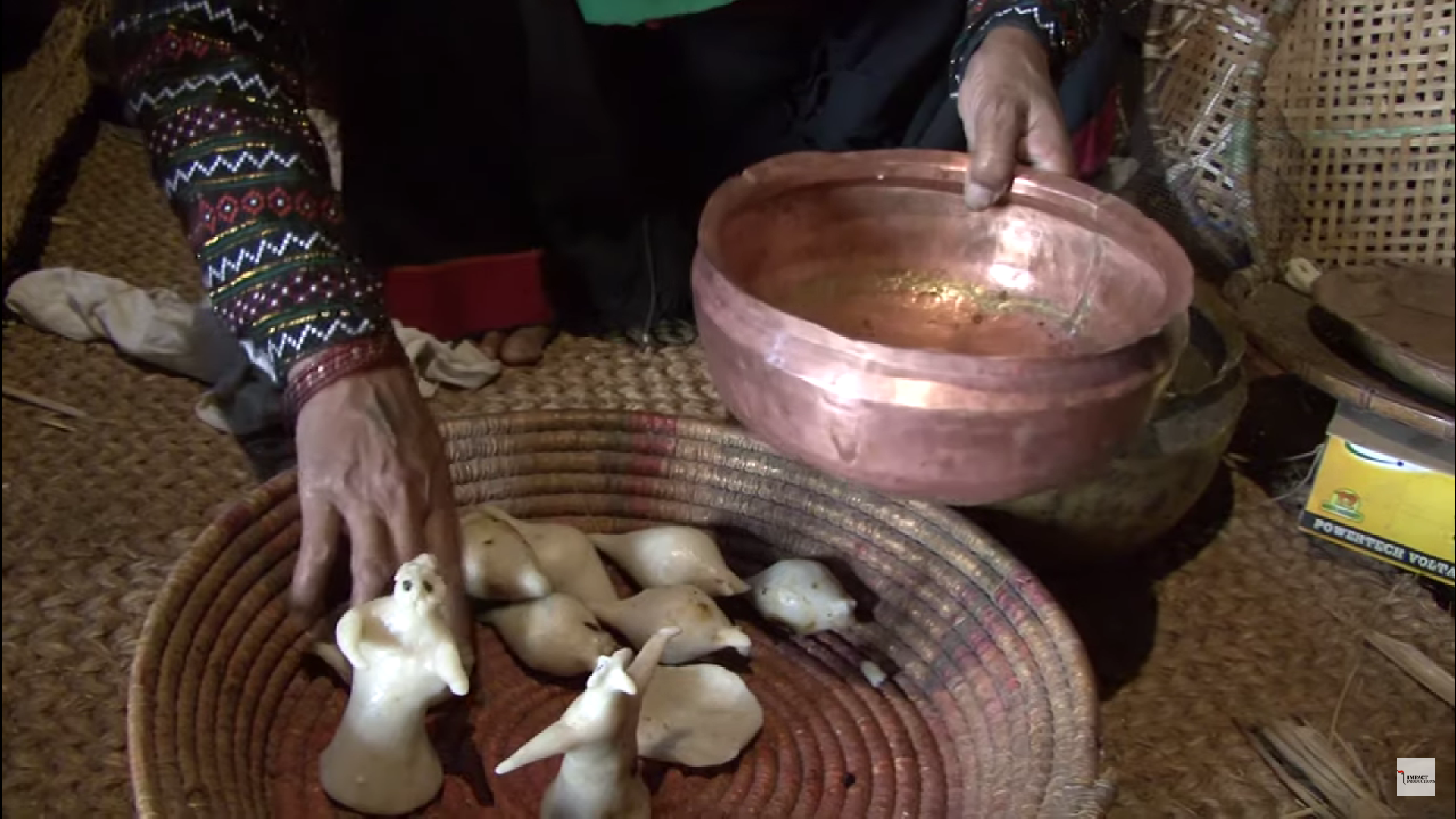
He also runs a YouTube channel called Impact Productions, where he shares documentaries covering various aspects of our heritage. In total, he has created 50 documentaries, both long and short in length. His personal favourite among them, he says, is the story of Yomari.
Having left a lucrative job, Tuladhar is now fully committed to heritage preservation. In the days to come, he aims to persist in this social responsibility, aiming to garner support from as many individuals as possible. His objective is to promote awareness about the conservation of diverse monuments while also unearthing an understanding of the meanings embedded in our rituals and culture. Tuladhar acknowledges the existence of numerous issues and recognises the scarcity of individuals willing to address them. Consequently, he aspires to prepare the next generation for this task.




 15.12°C Kathmandu
15.12°C Kathmandu

